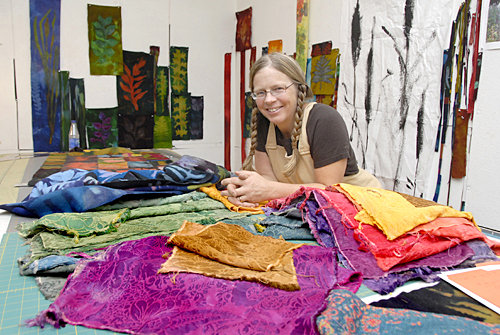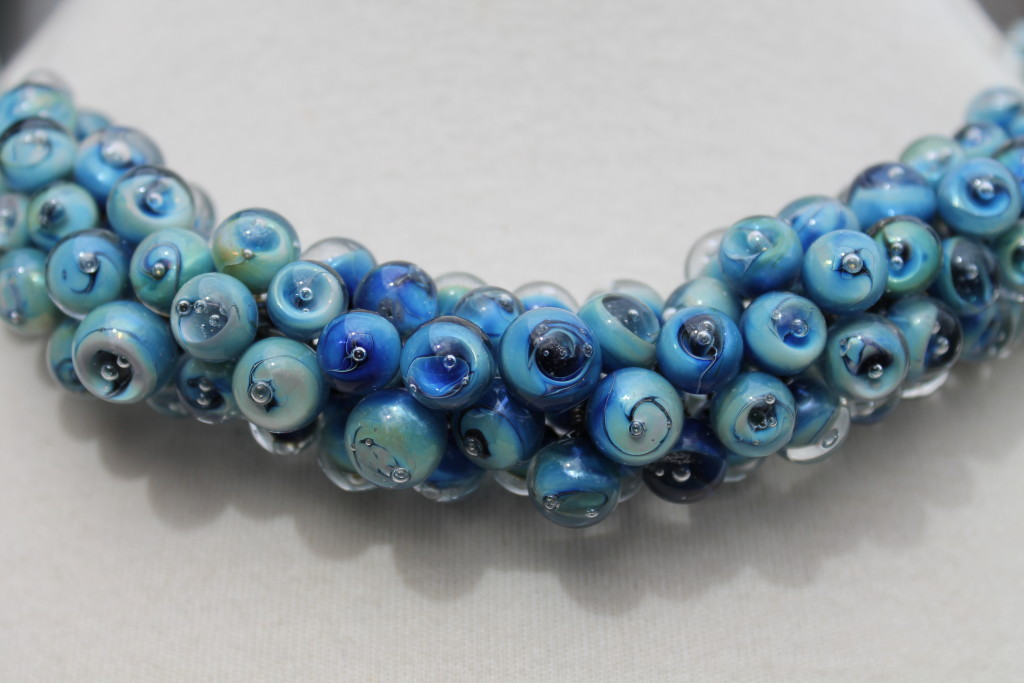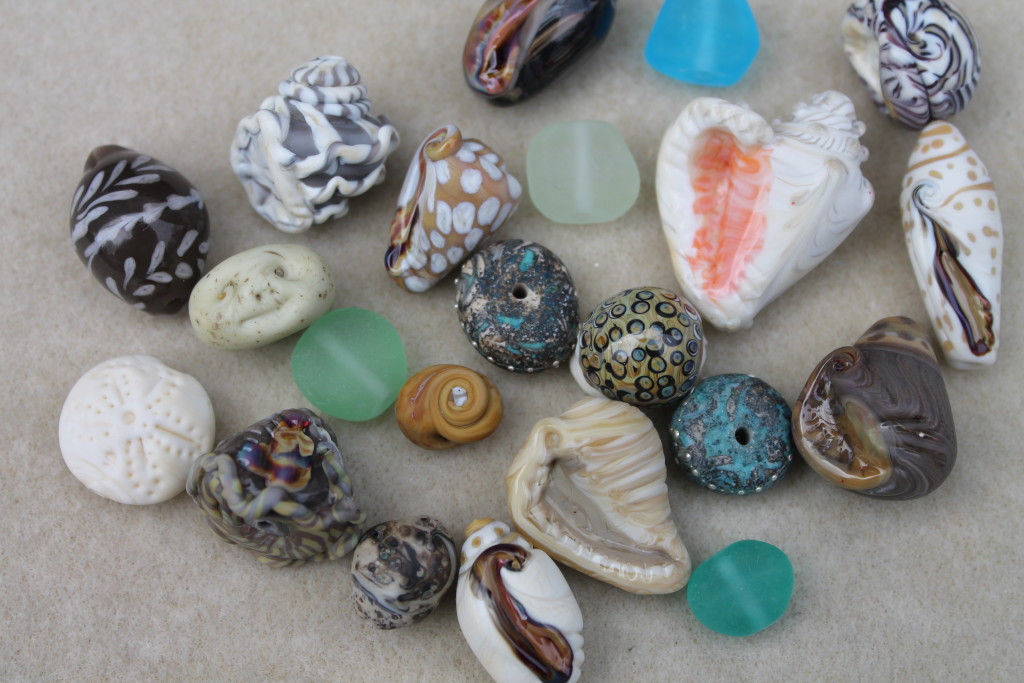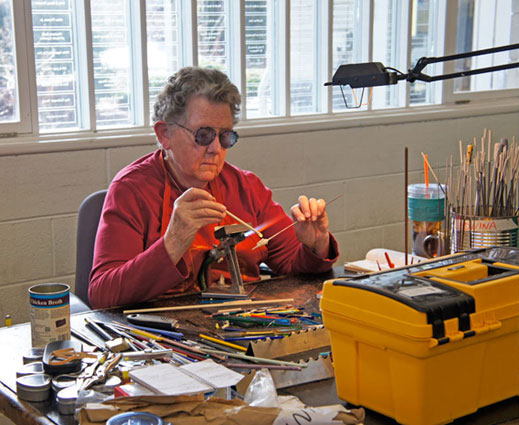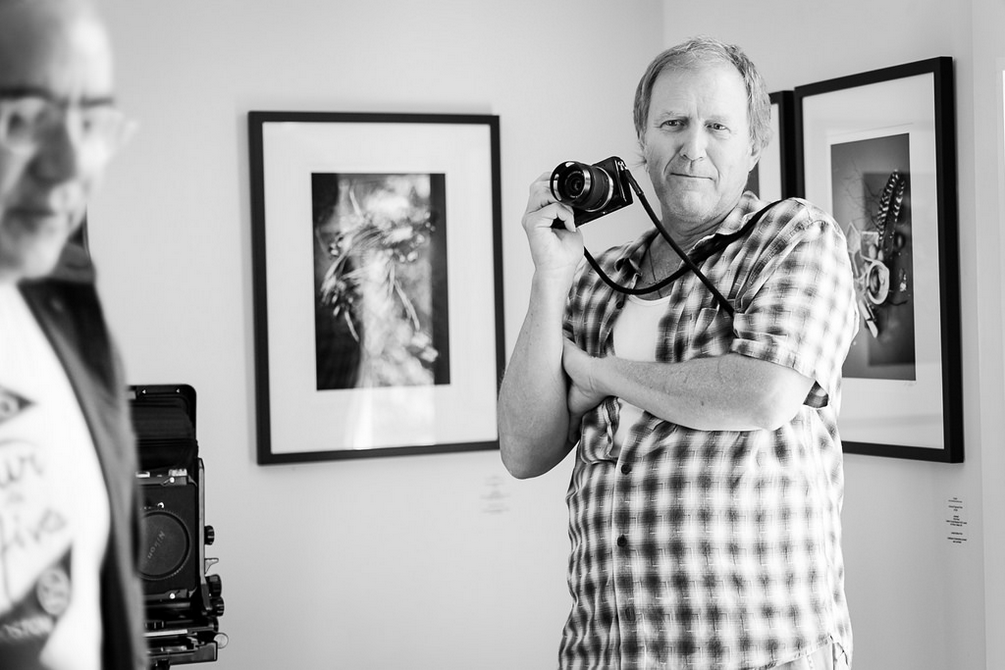The Japanese art of shibori, or shaped resist dyeing, is as old as it is varied. Since the first known example of the technique in the 8th century, artists have used shibori methods to produce patterns of miniature dots and bold lines, sharp angles and soft curves. Shibori has traditionally been done with indigo dye on natural fibers such as silk and hemp. And the intricate patterns it produces often echo the natural world as well—from the driving diagonal lines of a rainstorm to the rippling patterns on the surface of a lake to the delicate symmetry of a spider’s web.
Textile artist Carol LeBaron’s work is, at first glance, a far cry from the indigo and white designs that many people associate with shibori. But she is one in a long line of artists using and reinterpreting these techniques. Much of her current work draws from itajime shibori, a method of folding and clamping to produce pattern on cloth. And her imagery, like many traditional shibori patterns, also reflects nature. Her fabrics are rich with color—deep greens and saturated reds outline leaf shapes, while bright golds and oranges suggest dappled sunlight filtering through a forest canopy. As Carol explains, each piece “elicits the specificity of a particular time of day, weather, or place.” She describes her work as “a combination of contemporary aesthetic, modern technology, and ancient techniques.”
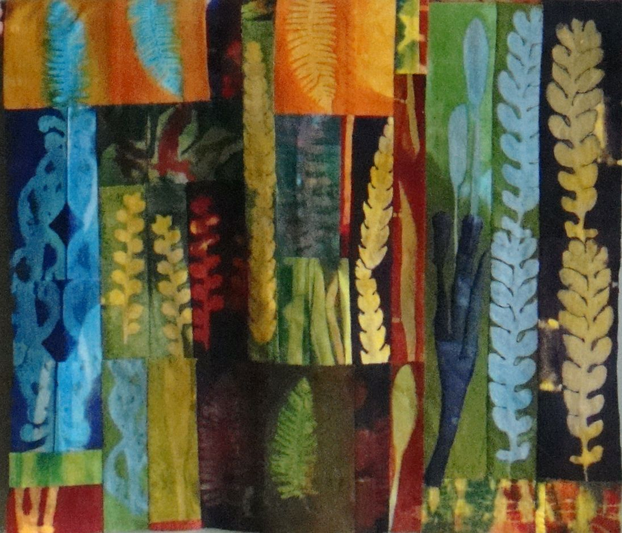
This fall, Carol will bring her knowledge of those techniques to Penland when she teaches “Explore Shibori: Acid Dyes” from October 18-24. Like Carol’s work, the one-week course will use traditional shibori methods as a jumping-off point to create new layers of pattern and color on cloth. Students of all levels will get the chance to put their own spin on techniques that have captivated artists for centuries. Space is still available to take part in Explore Shibori. Register here.
Explore Shibori: Acid Dyes
This workshop will explore the limitless possibilities inherent in acid dyes. We’ll begin with simple immersion techniques, creating a base and adding layers with direct application. We’ll explore shibori techniques in the hot acid dye pot, which can cause wool and silk to hold the shape when dried. This week will be an investigation that will result in a rich assortment of samples and many techniques and ideas to follow up in your own work. All levels. Code F02TA
Carol LeBaron is a studio artist who has taught at Haystack (ME), Arrowmont (TN), Campbell Folk School (NC), Peters Valley (NJ), and East Tennessee State University. Her textile work has been exhibited at the Nashville Airport, the Textile Museum (DC), and the International Shibori Symposium (Hong Kong) and has been included in publications such as Surface Design Journal, Fiberarts Design Book Seven, and 1000 Textiles (Lark Books).
REGISTER NOW FOR FALL 1-WEEK WORKSHOPS
October 4 – 10 | October 18 – 24 | November 1 – 7


